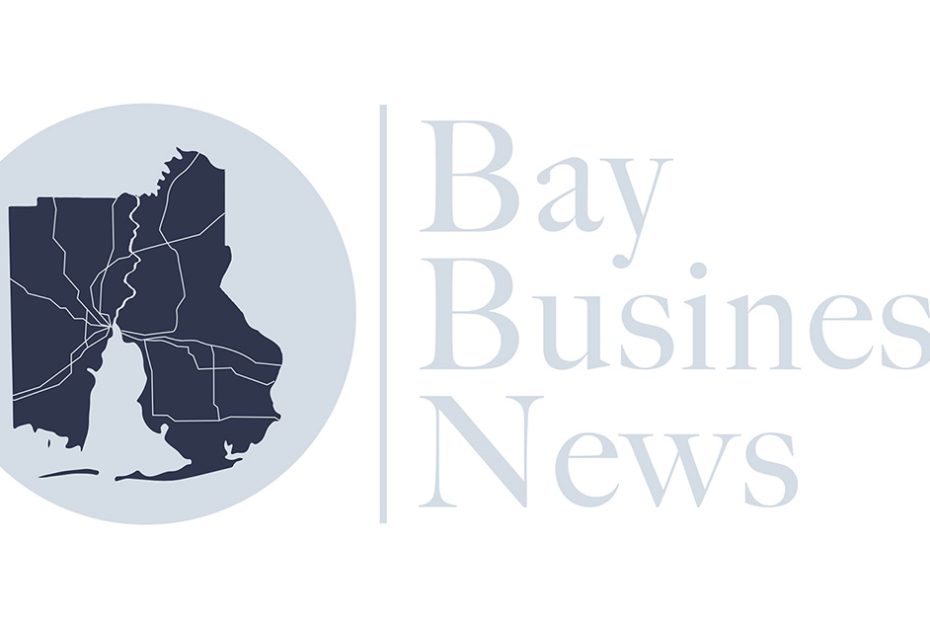Mid-year update for small and medium-sized businesses
Article written by Wills Moore, as printed in Bay Business News
Trend 1 – The Rise of AI
Prediction: The integration of AI and automation in the workplace was the most dominant theme at the beginning of 2024. According to Bersin, “AI is set to transform every company and job, pushing organizations to embark on a relentless search for productivity.”[1] Similarly, Harvard Business Review (HBR) highlighted that AI “will create new workforce opportunities rather than diminishing them, with AI playing a significant role in text- and data-heavy tasks.”[2]
Mid-Year Update: AI and automation have maintained their momentum as crucial drivers of change in HR and business operations. Companies are increasingly leveraging AI for various functions, including talent acquisition, employee engagement, and performance management. For SMBs, AI offers significant advantages by improving efficiency, reducing costs, and enabling better decision-making. According to Gartner, 70% of data-heavy tasks are expected to involve AI by 2025, up from less than 10% in 2023.[3] Despite initial fears of job displacement, AI is predominantly being used to augment human capabilities, allowing employees to focus on more strategic and creative tasks. However, many SMBs may find the promise and potential of AI unrealized due to a lack of capacity within the organization to explore and implement these technologies.
Trend 2 – The Evolution of Work Models: Hybrid and Four-Day Workweeks
Prediction: The evolution of work models, particularly the adoption of hybrid work and the introduction of four-day workweeks, was also forecast to be a significant trend. Bersin emphasized the need for companies to institutionalize hybrid work models as part of a high-retention strategy.[1] HBR further predicted that four-day workweeks would “move from radical to routine,” driven by employee preferences and potential productivity gains.[2] Mid-Year Update: Both hybrid work and four-day workweeks have seen varying degrees of adoption and success. Hybrid work has become a standard practice for many organizations, providing employees with the flexibility they want while maintaining operational efficiency. The four-day workweek, though not widely adopted, has gained some traction in specific sectors. Pilot programs have demonstrated positive outcomes in terms of productivity and employee well-being, making it a viable option for forward-thinking organizations. For SMBs, offering flexible work arrangements can enhance employee satisfaction and retention.
Trend 3 – Skills-Based Hiring and Development
Prediction: The shift toward skills-based hiring and development was also identified as a critical trend for 2024. The Bersin report highlighted the importance of internal development and redeployment of talent, while HBR noted the crumbling of the “paper ceiling,” with skills requirements overtaking degree requirements in many job descriptions.[1],[2]

Mid-Year Update: Skills-based hiring has gained significant traction, with numerous organizations prioritizing skills and competencies over formal educational qualifications. Additionally, internal training programs and upskilling initiatives have become more prevalent, enabling companies to build a more adaptable workforce. For SMBs, skills-based hiring allows them to access a broader talent pool by focusing on practical skills and competencies rather than formal educational qualifications. According to Gartner, 63% of candidates rate “skills-based hiring” as a top benefit that attracts them to a job.[3] This approach is particularly beneficial for smaller organizations that may not have the resources to compete with larger companies on salary alone. By investing in upskilling and continuous learning, SMBs can build a versatile and adaptable workforce capable of meeting evolving business needs.
Conclusion
The first half of 2024 has reaffirmed the importance and relevance of these three major HR trends, albeit with some exceptions. AI continues to revolutionize workplace processes; flexible work models are becoming entrenched in organizational strategies and skills-based hiring is reshaping the recruiting landscape. As we move forward, it is crucial for leaders in SMBs to stay agile and responsive to these evolving trends, ensuring that their strategies align with the dynamic needs of the workforce and the broader business environment.
References
[1] Bersin, J. (2024). HR Predictions for 2024 (Electronic Version). Retrieved June 8, 2024, from https://joshbersin.com/2024/01/hr-predictions-for-2024-the-global-search-for-productivity/
[2] McRae, E. Aykens, P. Lowmaster, K. Shepp, J. (2024) 9 Trends That Will Shape Work in 2024 and Beyond (Electronic Version). Retrieved June 8, 2024, from https://hbr.org/2024/01/9-trends-that-will-shape-work-in-2024-and-beyond
[3] Gartner. Top 5 Priorities for HR Leaders in 2024 (Electronic Version).
Retrieved June 8, 2024, from https://emt.gartnerweb.com/ngw/globalassets/en/human-resources/documents/trends/hr-top-priorities-ebook-2024.pdf
For more Business News for Mobile and Baldwin Counties visit Bay Business News!
